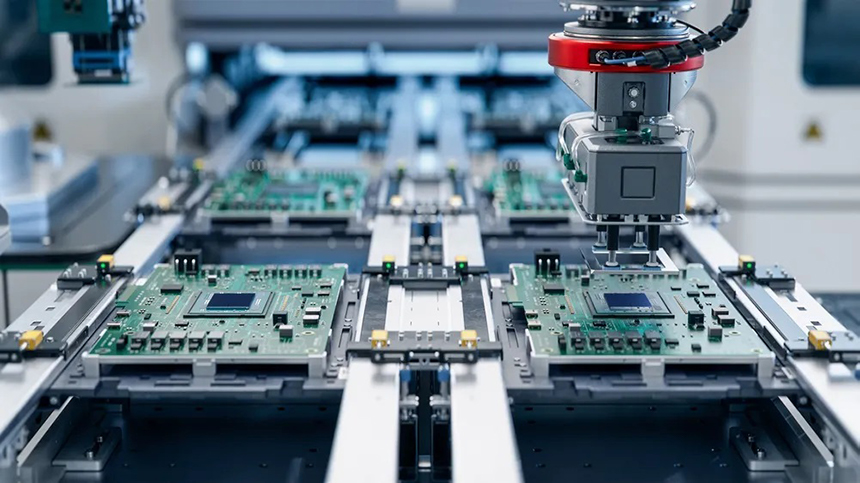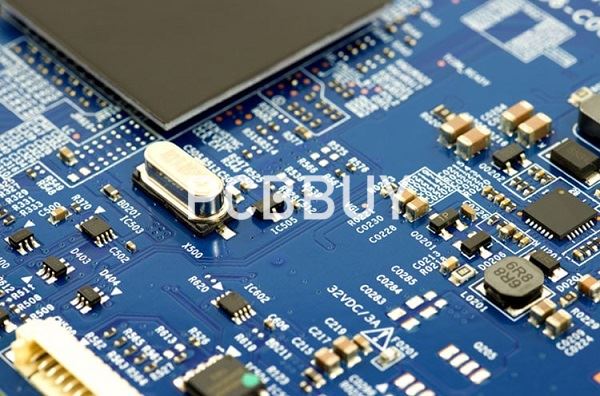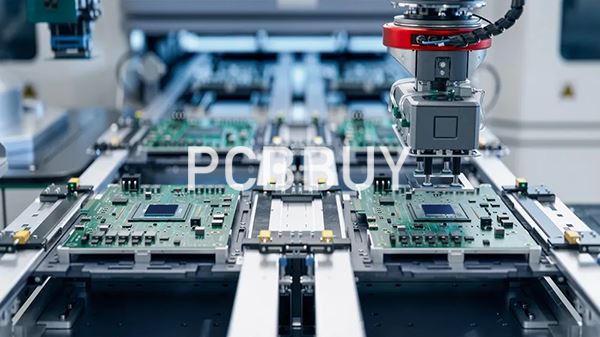What Electronic Devices Can Use PCB for Manufacturing Process?
By:PCBBUY 12/27/2021 10:10

Electronic components are mounted on pads that are electrically conductive (often in copper) or in plated through-holes. Between the pads and holes, copper lines are etched either between the fiberglass layers or on the front and back surfaces of the board. This routing provides the required electrical connection between the components.
If you are curious about the information about electronic devices in PCB, please check and read the content below in this passage.

What are the common uses of electronic devices in PCB?
Because so many different sectors use PCBs, you can find them almost everywhere in everything from small consumer devices to huge pieces of machinery. Where are printed circuit boards used? Here are 10 of the most common PCB applications by industry.
The healthcare sector is using growing numbers of PCBs as technologies advance, revealing new capabilities. PCBs play a role in devices used for diagnostics, monitoring, treatment and more.
Special attention must be paid to ensuring reliability when producing medical PCBs because proper functioning can be critical to patient health. In many cases, PCBs must also meet strict standards for sanitation, especially those used for implants. Boards used for implants and many other applications, such as emergency room monitors, must also be relatively small. Because of this, many medical PCBs are high-density interconnect, or HDI.
PCBs are used for medical devices such as:
· Medical imaging systems: CT, CAT and ultrasonic scanners often use PCBs, as do the computers that compile and analyze these images.
· Monitors: Heart rate, blood pressure, blood glucose monitors and more depend on electronic components to obtain accurate readings.
· Infusion pumps: Infusion pumps, such as insulin and patient-controlled analgesia pumps, deliver precise amounts of a fluid to a patient. PCBs help ensure these products function reliably and accurately.
· Internal devices: Pacemakers and other devices that are used internally require small PCBs to function.
The medical sector is continually coming up with more uses for electronics. As technology improves and smaller, denser, more reliable boards become possible, PCBs will play an increasingly important role in healthcare.

What are the types of electronic devices in PCB?
Electronic devices can be divided into two major kinds: Passive and Active devices based on their functionality.
Passive devices
Generally, resistors, capacitors, inductors, are specified as passive devices.
Resistors
The resistor is a passive electrical component whose function is to introduce resistance to the flow of electric current in an electrical circuit to limit the current. The magnitude of the opposition to the flow of current is called the resistance of the resistor. A larger resistance value indicates a greater opposition to current flow. The resistance is measured in ohms (Ω), and its equation is as follows.
R=V/I
The voltage (V), current (I), and resistance (R) are related by Ohm’s law. i.e. V = IR. The higher the resistance R, the lower is the current I for a given voltage V across it. It is a linear device.
Different types of resistors by Size and Form
· Through-hole resistors
· Surface-mount resistors SMD/SMT.
· Different types of resistors by Application
Common resistor: used in current limiter, setting biases, voltage dividers, pull up, filtering, termination resistors, load resistors, etc.
· Precision resistor for voltage feedback circuits, voltage references.
· Current sense resistors
· Power resistors
· Resistor selection parameters
While selecting any resistor in the circuit, the designer needs to consider the following parameters based on the application and real-estate available on the printed circuit board.
· Resistance value(R),
· Power (Wattages) dissipated across it,
· Tolerance (+/- %)
· Size based on available space on PCB.
Industry Category











